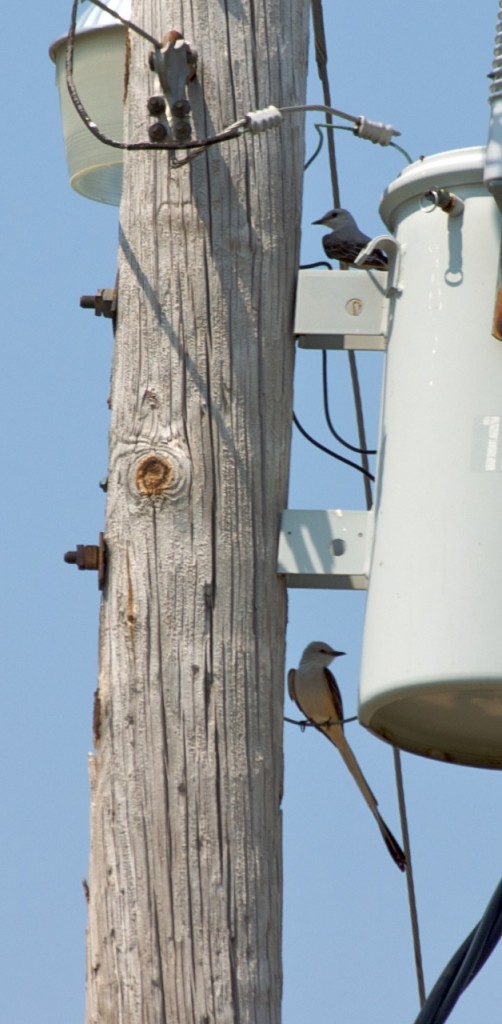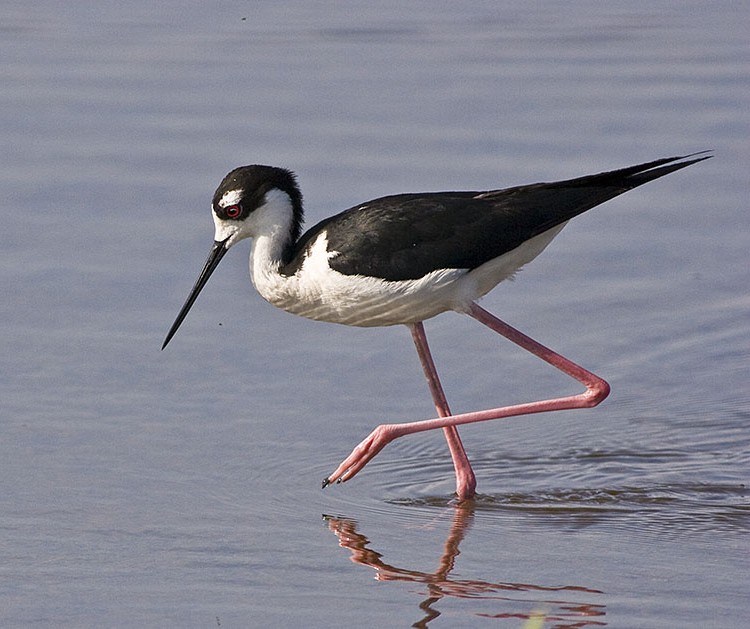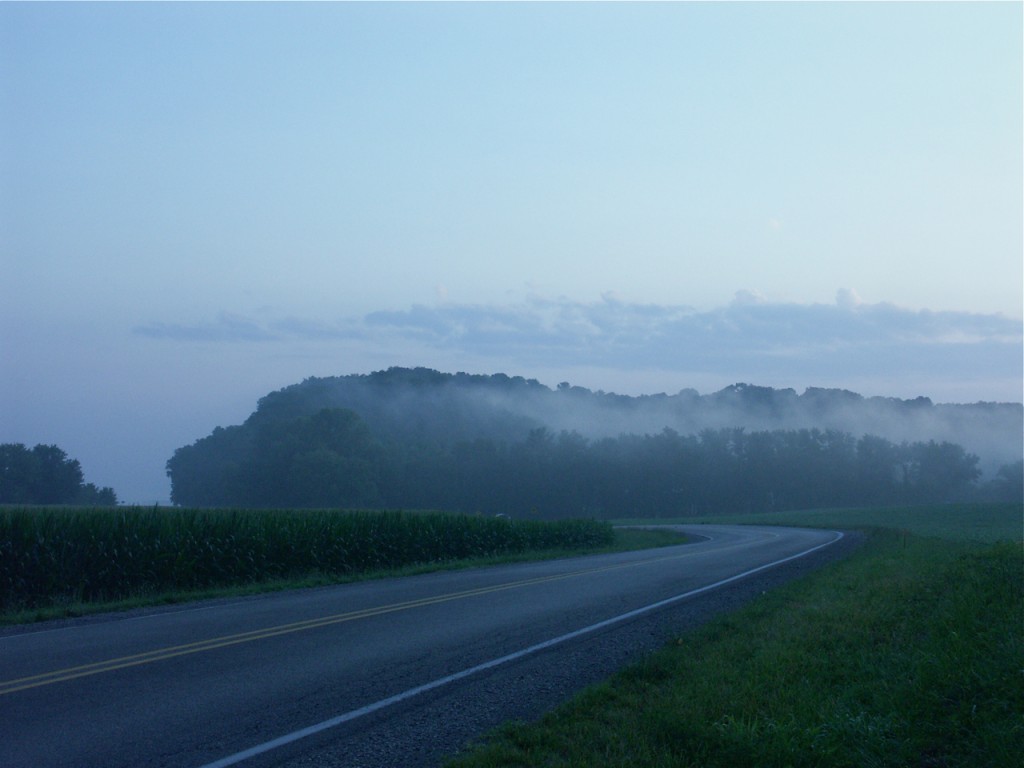Bluff Lands Corridor Vital to Wildlife as Climate Warms
A recent report, commissioned by the Illinois Department of Natural Resources, makes the strongest case yet of the crucial importance of our Mississippi River bluff corridor for the long-term vitality of wildlife in the state. The Illinois Chapter of The Nature Conservancy’s May 2011 report —Adapting Conservation to a Changing Climate: An Update to the Illinois Wildlife Action Plan — tackles the thorny question of how to sustain our natural areas in a time of dramatic change.
The report sidesteps the debate on the causes of climate change– it’s simply not the issue. Numbers don’t take sides or point fingers. Thermometers and rain gauges throughout Illinois tell their own story. Overall, the state has marked a 5-degree rise in average daily temperature over the last century, with accelerated warming since the 1960’s. And precipitation in the state has increased 20% in the last 100 years, particularly since the 1980’s.
The prognosis of the vast majority of scientists is starkly consistent: over the next half century we can anticipate periods of dangerous summer heat waves, an extending growing season, increased flooding due to winter, spring and early summer heavy rain falls, prolonged periods of summer drought, and an overall additional increase in average daily temperature of 5 degrees by 2050.
While some people may disagree that Monroe County’s climate is getting warmer and periodically wetter, several species of wildlife think otherwise and are staking their futures on it.
Armadillos, little heat-loving, naturally armor-plated mammals native to Texas, Oklahoma, and our Gulf states, began migrating our direction in the late 1960’s. A few were sighted in southernmost Illinois in the 70s and 80s. Since the late 1990’s their population is expanding northward in Illinois, with over 200 sightings, including a half dozen in Monroe County.
Scissor-tailed flycatchers, very long-tailed neo-tropical migratory birds, have for eons wintered in Central America and bred on the hot Great Plains of Texas, Oklahoma and Kansas. In the early 1970’s they began to expand their breeding range northeastward. Vagrant scissor-tails commenced reconnoitering Illinois, with isolated summertime sightings here and there throughout the state. In 2000, a scissor-tailed flycatcher pair successfully nested in Union County, giving Illinois its first state breeding record. Last year, a pair spent most of the summer in St. Clair County, although their nesting attempts were not successful. This year a pair of scissor-tailed flycatchers nested successfully in rural Monroe County, fledging young in early July.
Black-necked stilts, largish and gaudy shore birds with striking red legs, traditionally have wintered along the Gulf Coast and bred in wetlands of the northern Great Basin in Nevada, Idaho and Wyoming. In the 1970’s the stilts began a second breeding range trajectory, slowly moving northward along wetlands of the Mississippi River. As a result of the Great Flood of 1993 and expanded available wetlands, stilts were recorded breeding in Alexander, Union and Jackson Counties. The first stilts were observed in the Monroe County floodplain in 2006, and have successfully bred here every summer since 2008.
Plants, too, tell a similar story of moderating weather that allows species once confined to areas further south to survive and thrive. Kudzu — the vine that ate the South — was first introduced from Japan to the United States in 1876. It was cultivated as a fodder crop in the southeast states. During the Great Depression, the U.S. Department of Agriculture promoted kudzu as a control for soil erosion and it was widely planted in the Gulf states. Kudzu has literally taken over much of the South, smothering and girdling woodlands, entangling power lines and street signs. Kudzu began to move northward during the last 40 years, and several small patches were discovered in Monroe County five years ago.
These new “in-migrants” underscore that our climate is getting warmer. But, as the new study reports, other important factors are also at play which earmark Monroe County’s bluff lands as a critical component in the longer-term sustainability of wildlife during a time of climate change.
Monroe County’s geographic latitude has traditionally marked the northernmost limit for the survivability of a rich panoply of plants and animals considered “southern species.” Traditional wintertime temperatures precluded their survival any further north in the state. As that line shifts northward with general warming, our region becomes more central to wildlife sustainment, but only if there are adequate, quality natural habitats for wildlife.
Our Mississippi River bluff lands are also the northernmost extent of the Illinois Ozarks, a remarkable natural area corridor looming above the Mississippi floodplain in Union, Jackson, Randolph, Monroe and a tiny bit of St. Clair Counties. The Ozark corridor still contains 60% natural land cover, and boasts a varied topography, with large, unbroken forests, prairies and grasslands, wetlands and waterways, all providing superb natural area habitats for a diversity of wildlife.
In fact, the IDNR-commissioned study concludes that the Shawnee Hills in southern Illinois, the Wisconsin Driftless area (Jo Davies & Carroll Counties) in extreme northwestern Illinois, and our own Ozark corridor bluff lands are the only areas in the state that contain a sufficient breadth and depth of natural area habitats to serve as refuges for wildlife sustainment if hotter times are ahead.
Given the importance of wildlife to our way of life, now is the time for landowners to redouble their efforts at keeping our bluff lands healthy and self-sustaining – so that both humans and wildlife can weather the warming together.
Clifftop, a local nonprofit organization, is focused on preserving and protecting area bluff lands.
A version of this article appeared in the August 5 2011 edition of the Monroe County Independent.
© 2011 all content rights reserved, Clifftop NFP.
Comments are currently closed.




